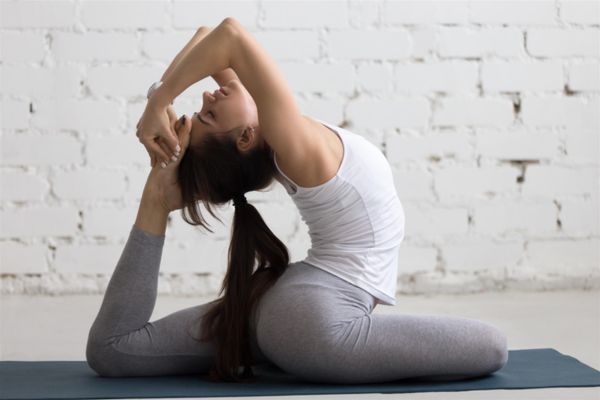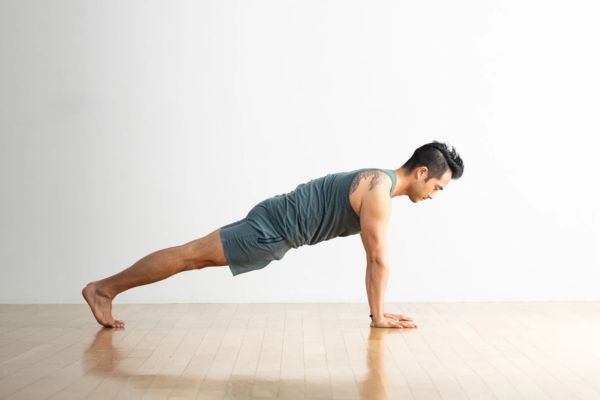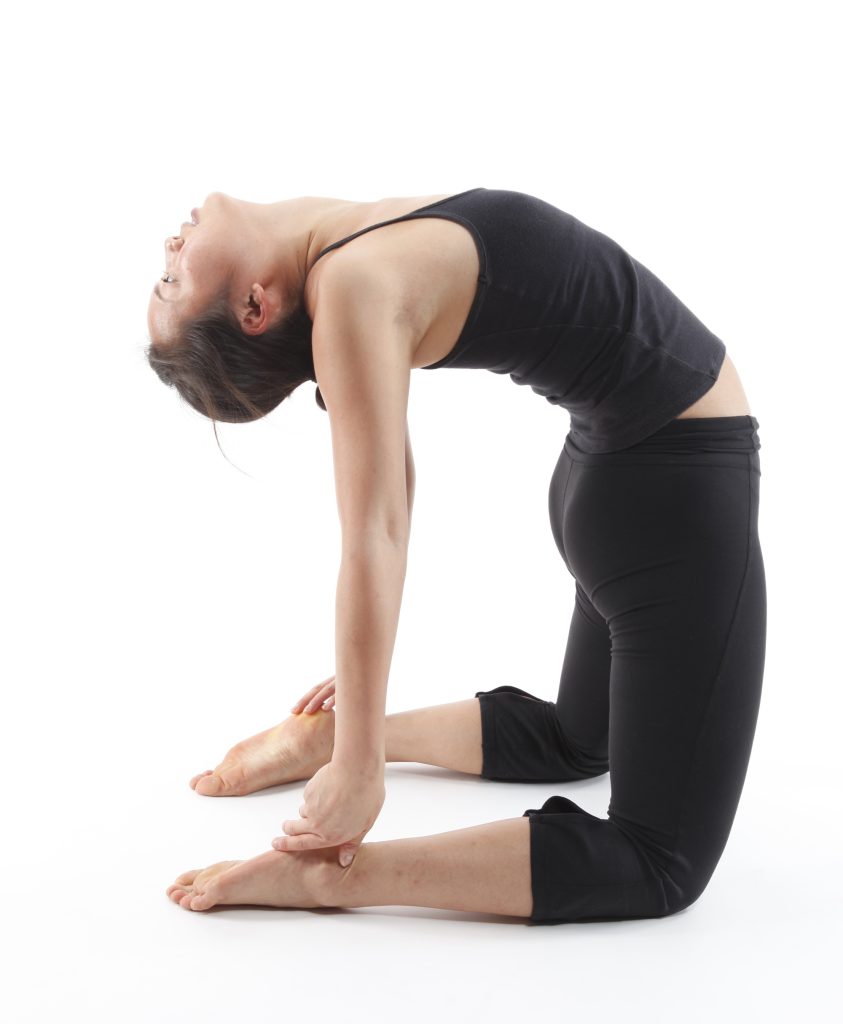Chronic low back pain is a pervasive issue that affects millions of people globally, leading to discomfort, reduced mobility, and a diminished quality of life. Traditional treatment methods often rely on medications, physical therapy, and sometimes invasive procedures. However, an increasingly popular alternative is yoga, a holistic practice that combines physical postures, breath control, and mindfulness. In this comprehensive guide, we will delve into the ways yoga can help alleviate chronic low back pain, explore specific poses and practices, and provide insights on integrating yoga into your healing journey.

Understanding Chronic Low Back Pain
What Is Chronic Low Back Pain?
Chronic low back pain is defined as pain that persists for 12 weeks or longer, even after an initial injury or underlying cause has been treated. It can arise from various factors, including:
- Muscular Issues: Muscle strains or tears are common culprits, often resulting from poor posture, overexertion, or sudden movements.
- Herniated Discs: Discs act as cushions between the vertebrae in the spine. When they bulge or rupture, they can press on nerves, leading to pain.
- Arthritis: Conditions like osteoarthritis can cause degeneration of the joints in the spine, leading to pain and stiffness.
- Skeletal Irregularities: Conditions such as scoliosis or kyphosis can contribute to chronic pain by creating uneven pressure on the spine.
- Psychosomatic Factors: Stress, anxiety, and depression can exacerbate physical pain, creating a cycle that makes management more challenging.
Understanding the root causes of chronic low back pain is crucial for developing effective treatment strategies, and yoga can play a significant role in addressing both physical and psychological aspects.
The Impact of Chronic Low Back Pain
Chronic low back pain not only affects physical capabilities but also impacts emotional and mental health. Individuals may experience:
- Reduced Mobility: Pain can lead to decreased physical activity, which can exacerbate other health issues.
- Sleep Disturbances: Discomfort often interferes with sleep, leading to fatigue and decreased quality of life.
- Mood Changes: Persistent pain can contribute to feelings of frustration, anxiety, and depression.
- Social Isolation: Fear of pain during activity may lead individuals to withdraw from social interactions.
Addressing these multifaceted effects is essential, and yoga can be a powerful tool in this regard.

The Science Behind Yoga and Pain Relief
How Yoga Helps Alleviate Chronic Low Back Pain
Research has shown that yoga can be effective in managing chronic low back pain through various mechanisms:
- Enhancing Flexibility: Regular practice increases flexibility in the spine and surrounding muscles, reducing stiffness and tension.
- Strengthening Core Muscles: A strong core supports the spine, helping to alleviate pressure and improve posture.
- Promoting Relaxation: Yoga encourages deep, mindful breathing, which activates the parasympathetic nervous system, leading to relaxation and reduced stress levels.
- Improving Body Awareness: Yoga fosters a deeper connection to one’s body, enabling individuals to recognize patterns of tension and adjust their movements accordingly.
- Pain Management Techniques: Mindfulness and meditation practices within yoga can help individuals develop coping strategies for managing pain.
Evidence-Based Research
Numerous studies have examined the efficacy of yoga for chronic low back pain. A systematic review published in the Cochrane Database of Systematic Reviews found that yoga can lead to significant improvements in pain and function for individuals with chronic low back pain. Another study in the Journal of Pain Research concluded that participants who practiced yoga reported decreased pain levels and improved quality of life compared to those who did not engage in yoga.
Specific Yoga Practices for Chronic Low Back Pain
Key Yoga Poses
Incorporating specific yoga poses into your routine can target areas of tension and discomfort in the lower back. Here are some essential poses to consider:

1. Cat-Cow Stretch (Marjaryasana-Bitilasana)
This gentle flow helps warm up the spine and increase flexibility.
- How to Do It: Start on your hands and knees in a tabletop position. Inhale, arching your back (Cow), and lift your head and tailbone. Exhale, rounding your spine (Cat), tucking your chin to your chest. Repeat for several breaths.
2. Child’s Pose (Balasana)
A restorative pose that stretches the lower back and promotes relaxation.
- How to Do It: Kneel on the mat, sitting back on your heels. Extend your arms forward and lower your forehead to the ground. Breathe deeply and hold for several breaths.
3. Downward-Facing Dog (Adho Mukha Svanasana)
This pose stretches the entire back while building strength in the arms and legs.
- How to Do It: From a tabletop position, lift your hips up and back, forming an inverted V-shape. Keep your spine long and press your heels toward the floor. Hold for several breaths.
4. Sphinx Pose (Salamba Bhujangasana)
A gentle backbend that strengthens the lower back and opens the chest.
- How to Do It: Lie on your stomach, placing your forearms on the mat with elbows under your shoulders. Press into your forearms to lift your chest while keeping your lower body relaxed. Hold for several breaths.
5. Bridge Pose (Setu Bandhasana)
This pose strengthens the lower back and glutes while stretching the spine.
- How to Do It: Lie on your back with knees bent and feet flat on the floor. Press into your feet and lift your hips toward the ceiling, clasping your hands under your back. Hold for several breaths, then release.
6. Supine Spinal Twist (Supta Matsyendrasana)
A gentle twist that helps relieve tension in the lower back and promotes relaxation.
- How to Do It: Lie on your back, draw one knee toward your chest, and let it fall across your body to the opposite side while keeping your shoulders on the mat. Hold for several breaths, then switch sides.

Developing a Consistent Practice
To experience the full benefits of yoga for chronic low back pain, consistency is crucial. Here are some tips for integrating yoga into your daily routine:
1. Set Realistic Goals
Start with short sessions, aiming for 10-20 minutes a few times a week. Gradually increase the duration and frequency as you become more comfortable.
2. Create a Dedicated Space
Designate a specific area in your home for yoga practice. A calm, clutter-free environment can enhance focus and relaxation.
3. Join a Class
Consider participating in a local yoga class tailored for individuals with chronic pain. Experienced instructors can provide guidance and modifications to suit your needs.
4. Utilize Online Resources
Many online platforms offer yoga classes designed for chronic pain relief. Explore videos and apps that provide step-by-step instructions and guided practices.
Additional Techniques to Complement Your Practice
Mindfulness and Meditation
Incorporating mindfulness and meditation into your yoga practice can enhance its benefits for chronic low back pain. Techniques such as focused breathing, body scans, and visualization can help reduce stress and improve pain management. Practicing mindfulness encourages awareness of the present moment, allowing individuals to observe pain without judgment and create a more positive relationship with it.
Breathwork (Pranayama)
Breath control, or pranayama, is an integral part of yoga that can significantly influence pain perception. Deep, diaphragmatic breathing activates the parasympathetic nervous system, promoting relaxation and reducing muscle tension. Techniques such as Nadi Shodhana (alternate nostril breathing) and Ujjayi Breath can be especially effective in calming the mind and alleviating stress, which can exacerbate pain.
Gentle Movement and Daily Activities
In addition to structured yoga sessions, incorporating gentle movement throughout your day can be beneficial. Simple activities such as walking, stretching, or engaging in low-impact exercises can help maintain mobility and reduce stiffness in the lower back. Focus on maintaining good posture during daily activities, whether sitting, standing, or lifting, to prevent strain on the back.
Nutrition and Hydration
A balanced diet plays a vital role in overall health and can impact pain levels. Anti-inflammatory foods such as fruits, vegetables, whole grains, and healthy fats can help reduce inflammation in the body. Staying hydrated is also crucial, as dehydration can lead to muscle cramps and discomfort.

Listening to Your Body
One of the most important aspects of practicing yoga for chronic low back pain is learning to listen to your body. Each person’s experience with pain is unique, and what works for one individual may not be suitable for another. Here are some guidelines for tuning into your body’s signals:
- Modify Poses: If a specific pose causes discomfort, don’t hesitate to modify it or skip it entirely. Use props for support and alignment.
- Recognize Pain Signals: Differentiate between discomfort from stretching and pain that indicates injury. If you experience sharp or intense pain, stop the practice and consult a healthcare professional.
- Be Patient: Healing is a gradual process. Give yourself permission to progress at your own pace and celebrate small victories along the way.
The Role of Professional Guidance
For those struggling with chronic low back pain, seeking guidance from healthcare professionals, such as physical therapists or certified yoga therapists, can be invaluable. These experts can provide personalized assessments and develop tailored yoga programs that address specific needs and limitations.
Collaborating with Healthcare Providers
If you have a history of back issues or other health concerns, it’s essential to collaborate with your healthcare provider before starting a yoga practice. They can offer recommendations, help identify contraindications, and monitor your progress. This collaboration ensures a safe and effective approach to using yoga as a therapeutic tool.
Conclusion: Embracing Yoga as a Path to Healing
Chronic low back pain can be a challenging condition to navigate, but yoga offers a holistic and effective approach to healing. By focusing on flexibility, strength, and mindfulness, individuals can experience relief from pain while improving their overall well-being.
Call to Action: If you’re ready to embark on your journey to healing through yoga, consider joining our specialized classes tailored for individuals with chronic low back pain. Together, we can create a supportive environment that fosters growth, strength, and relief.
By exploring the multifaceted benefits of yoga and integrating specific practices into your routine, you can take proactive steps toward managing chronic low back pain and enhancing your quality of life. Embrace the journey of healing through yoga, and discover the profound impact it can have on your body, mind, and spirit.
